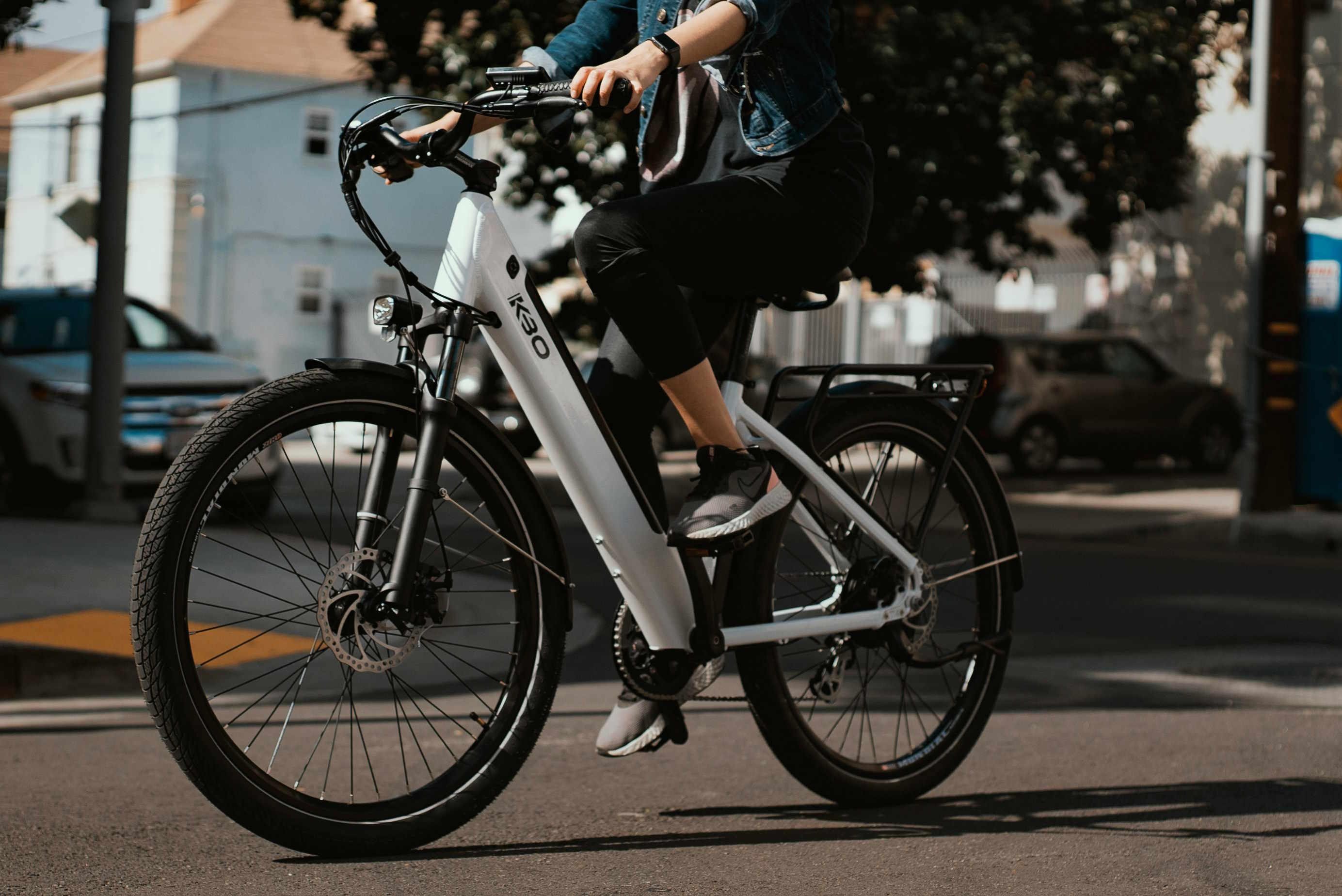Bicycle Taxis: Pedaling Towards Sustainable Urban Mobility
Imagine zipping through bustling city streets, feeling the wind on your face, and experiencing the urban landscape up close - all while reducing your carbon footprint. This isn't a scene from a futuristic movie, but the reality of bicycle taxis, an innovative and eco-friendly transportation option gaining traction in cities worldwide. As urban areas grapple with congestion and pollution, these pedal-powered vehicles are emerging as a sustainable solution that combines efficiency with a touch of adventure.
The concept evolved differently across regions. In Southeast Asia, the cyclo - a bicycle taxi where the passenger seat is positioned in front of the cyclist - became popular. Meanwhile, in Europe and North America, pedicabs emerged as a novelty tourist attraction in the late 20th century, often seen in parks and historic districts.
The Modern Resurgence
In recent years, bicycle taxis have experienced a renaissance in urban centers globally. This resurgence is driven by several factors:
-
Environmental concerns: As cities strive to reduce emissions, bicycle taxis offer a zero-emission alternative for short trips.
-
Traffic congestion: In gridlocked city centers, these agile vehicles can navigate through traffic more efficiently than cars.
-
Tourism appeal: Visitors often prefer the open-air experience and personalized service of bicycle taxis for sightseeing.
-
Economic opportunities: Bicycle taxis provide flexible employment options in the gig economy.
-
Technological integration: Many modern pedicab services now use apps for booking and tracking, enhancing convenience for riders.
Innovations in Design and Comfort
Today’s bicycle taxis are a far cry from their humble predecessors. Manufacturers are continuously innovating to improve comfort, safety, and efficiency:
-
Electric-assist models: Many pedicabs now feature electric motors to assist riders, especially on inclines or with heavier loads.
-
Weather protection: Retractable canopies and side panels protect passengers from sun and rain.
-
Ergonomic seating: Cushioned seats and backrests ensure passenger comfort during rides.
-
Enhanced safety features: Improved braking systems, turn signals, and reflective materials increase visibility and safety.
-
Customizable designs: Some companies offer themed or branded pedicabs for events or advertising purposes.
Impact on Urban Mobility
The integration of bicycle taxis into urban transportation networks is reshaping how people move within cities:
-
Last-mile connectivity: Pedicabs often fill the gap between public transit stops and final destinations, enhancing overall transportation efficiency.
-
Reduced traffic congestion: By replacing short car trips, bicycle taxis help alleviate traffic in busy urban cores.
-
Improved air quality: The shift from motorized to human-powered transport contributes to cleaner air in city centers.
-
Enhanced urban experience: Passengers enjoy a more intimate connection with their surroundings compared to enclosed vehicles.
-
Community building: Pedicab drivers often serve as informal tour guides, fostering connections between visitors and locals.
Challenges and Opportunities
While bicycle taxis offer numerous benefits, their widespread adoption faces several challenges:
-
Regulatory hurdles: Many cities lack clear regulations for pedicabs, leading to conflicts with traditional taxi services.
-
Weather dependence: Harsh weather conditions can significantly impact ridership and driver income.
-
Physical demands: The job can be physically taxing for drivers, especially in hilly areas or during peak hours.
-
Limited range: Bicycle taxis are most effective for short to medium-distance trips within urban cores.
-
Public perception: In some areas, pedicabs are still viewed as a tourist gimmick rather than a legitimate transportation option.
Despite these challenges, the future looks bright for bicycle taxis. As cities invest in cycling infrastructure and prioritize sustainable transportation, pedicabs are well-positioned to play a larger role in urban mobility ecosystems.
Pedal Power Pointers
• Opt for pedicabs with seatbelts and canopies for added safety and comfort
• Consider tipping your driver, as many rely on gratuities for income
• Look for electric-assist models in hilly areas for a smoother ride
• Use pedicabs for short trips (1-3 miles) to maximize efficiency
• Try night tours for a unique perspective on city landmarks
• Check if the pedicab service uses an app for easy booking and payment
• Ask your driver for local recommendations - they’re often knowledgeable about the area
• Be aware of weight limits, usually around 350-500 pounds per vehicle
As cities evolve towards more sustainable and human-centric designs, bicycle taxis stand out as a symbol of this transformation. They offer a unique blend of tradition and innovation, providing a glimpse into a future where urban transportation is not just about reaching a destination, but about enjoying the journey. Whether you’re a curious traveler or a city dweller seeking a fresh perspective, hopping on a bicycle taxi might just be the start of your next urban adventure.





